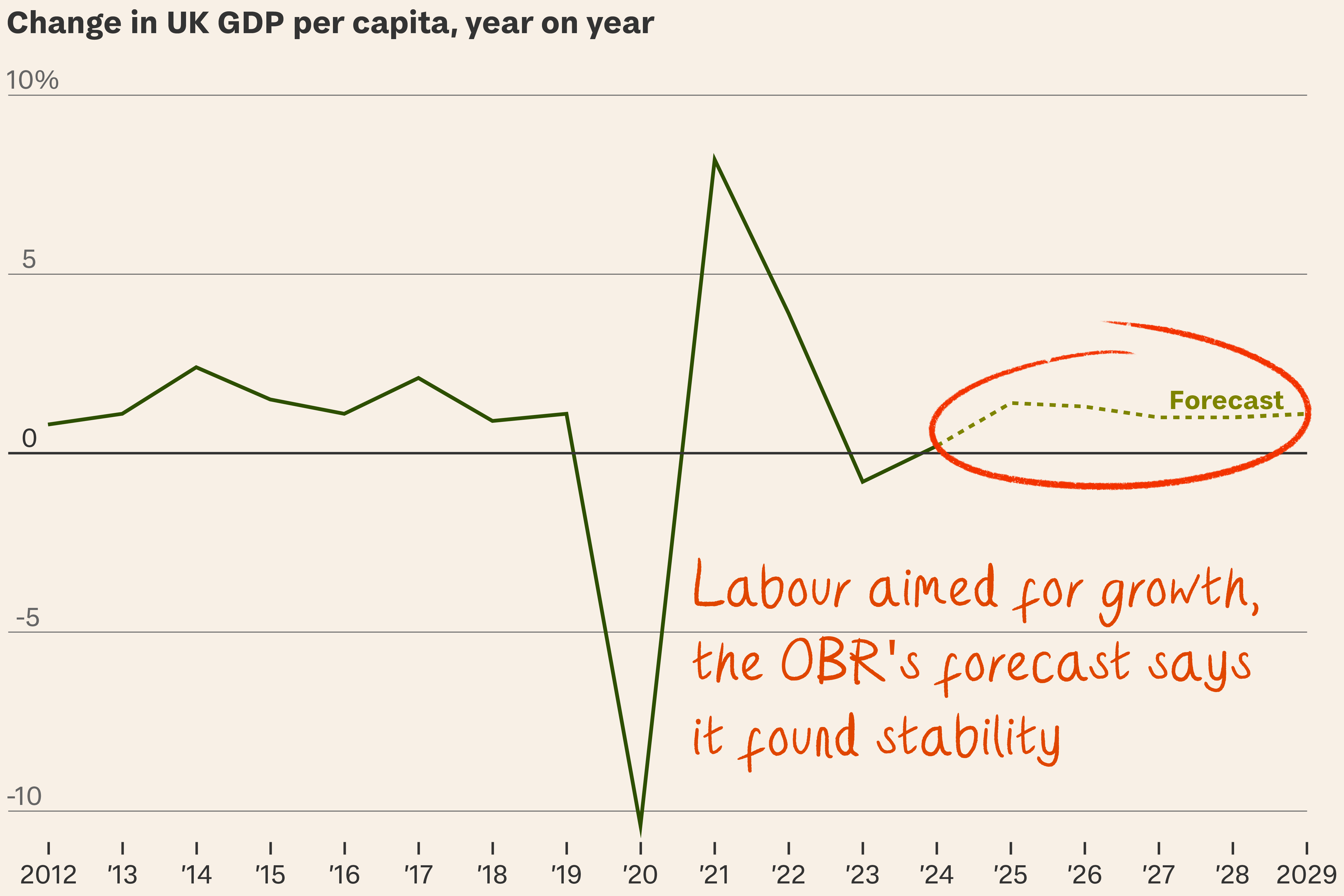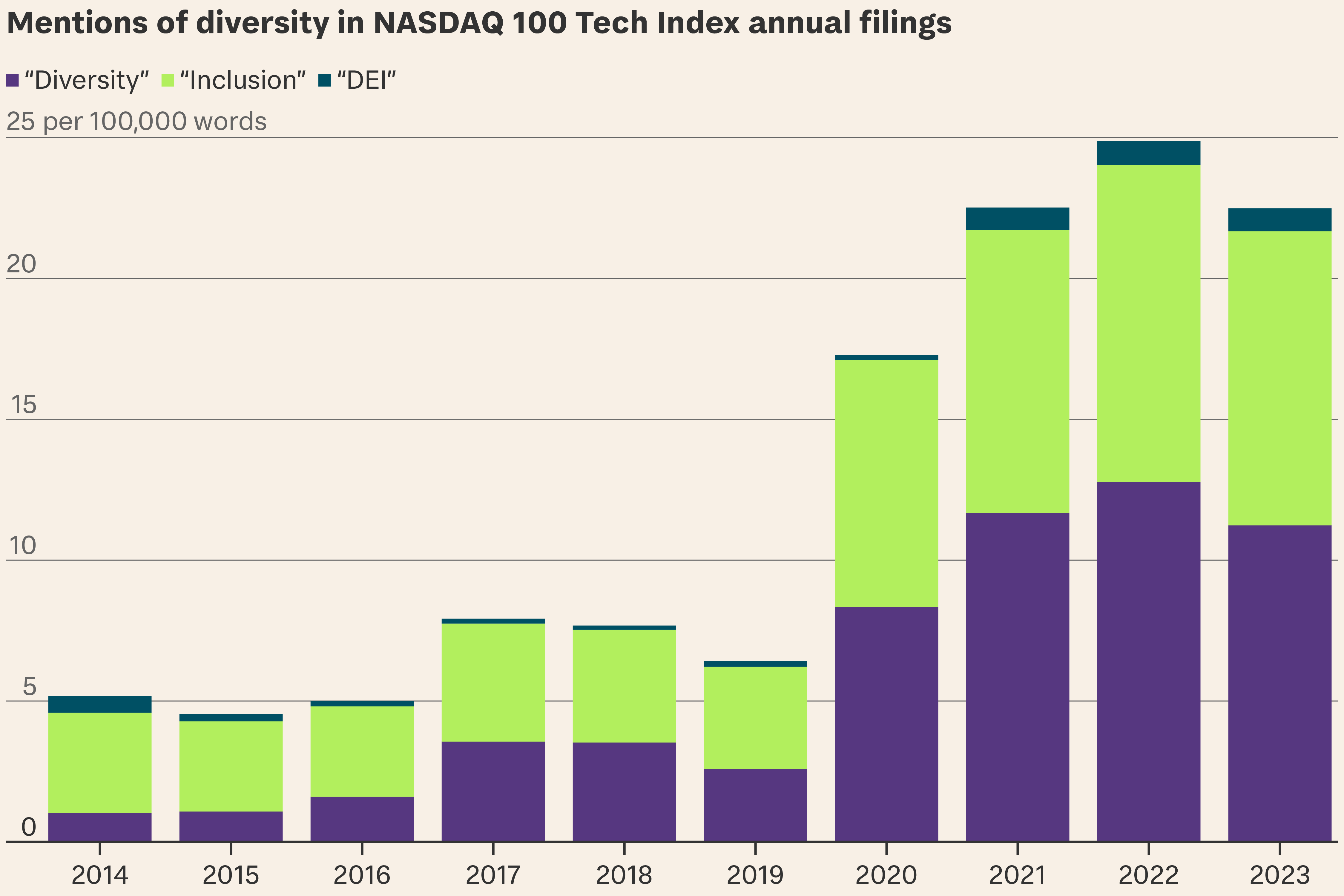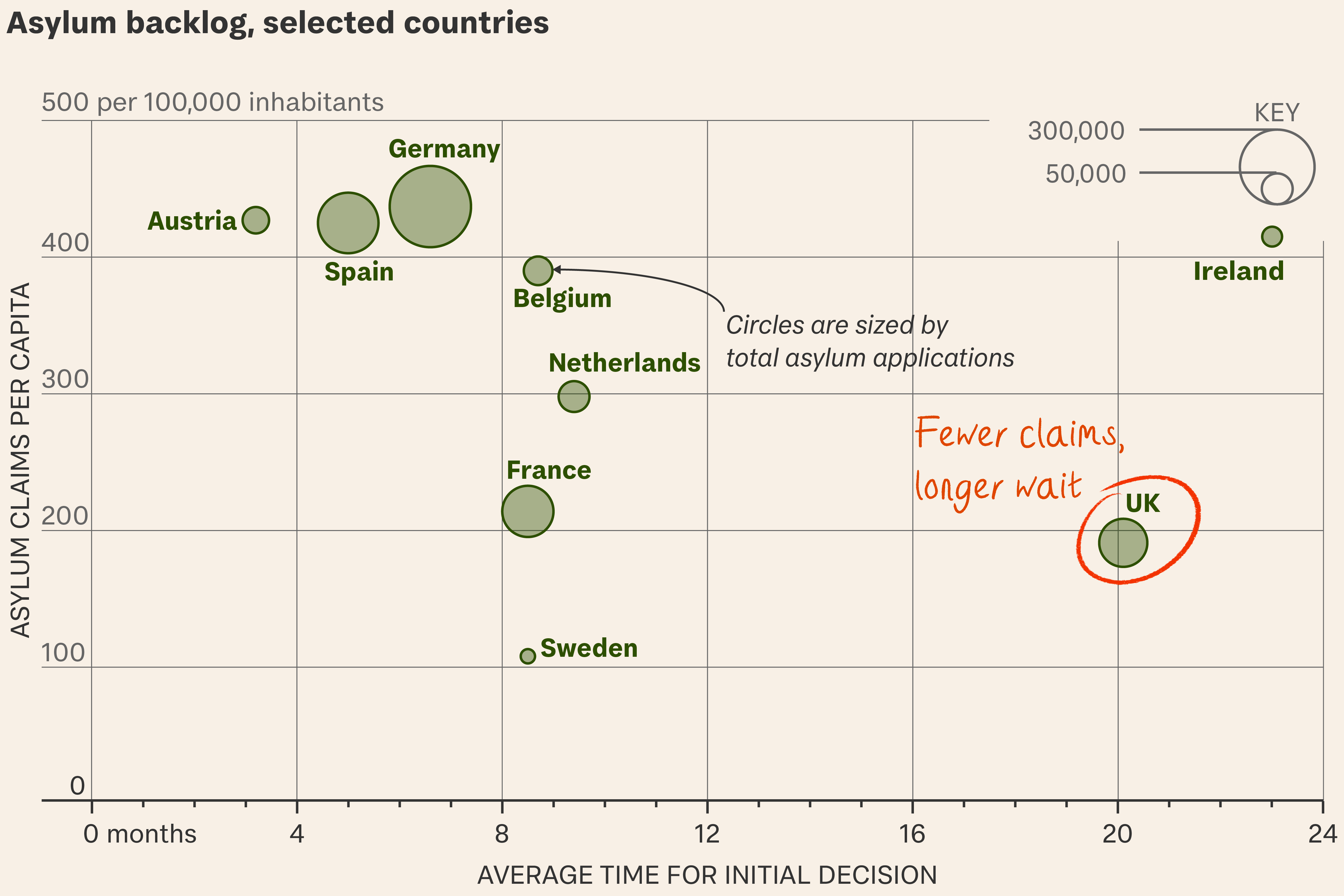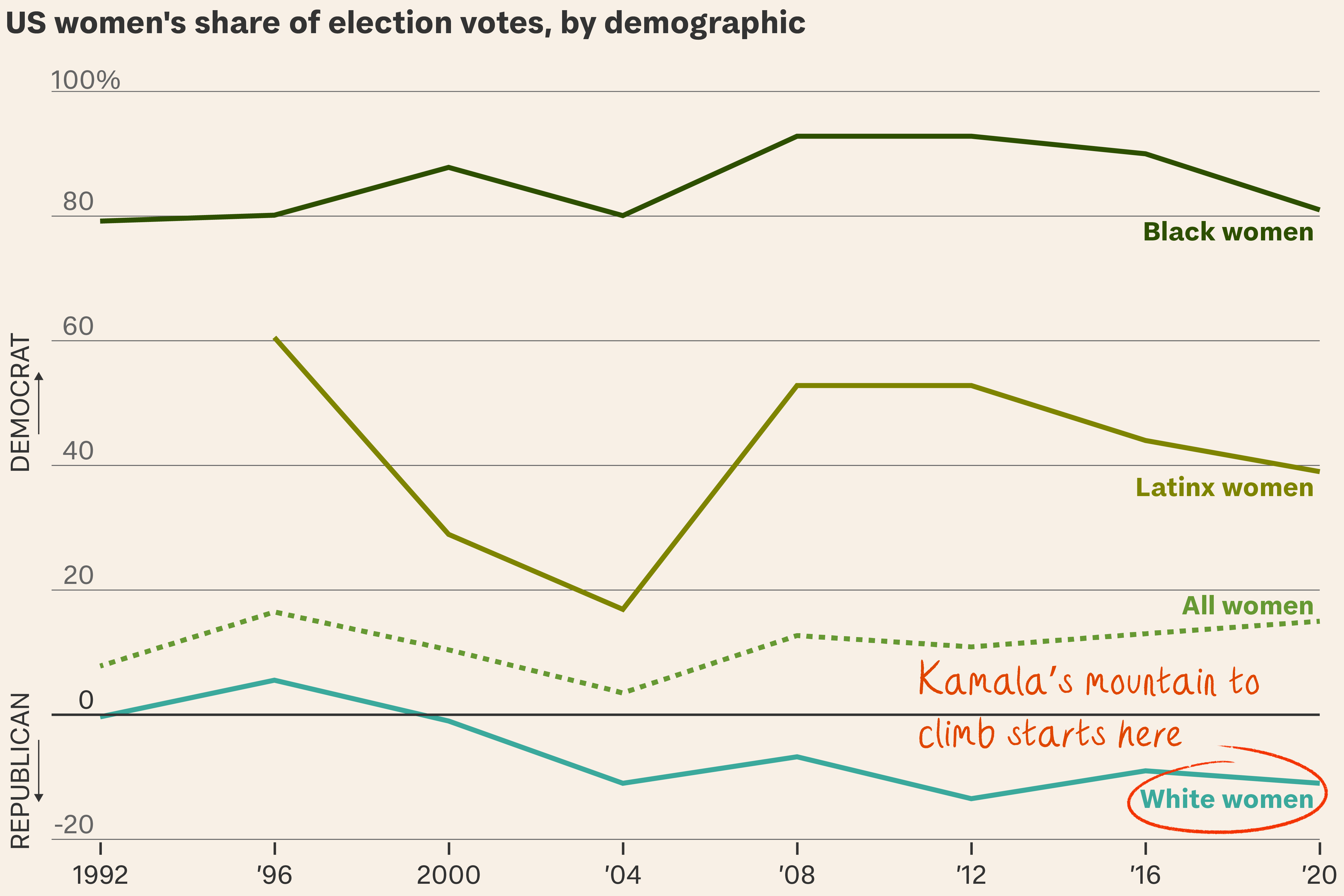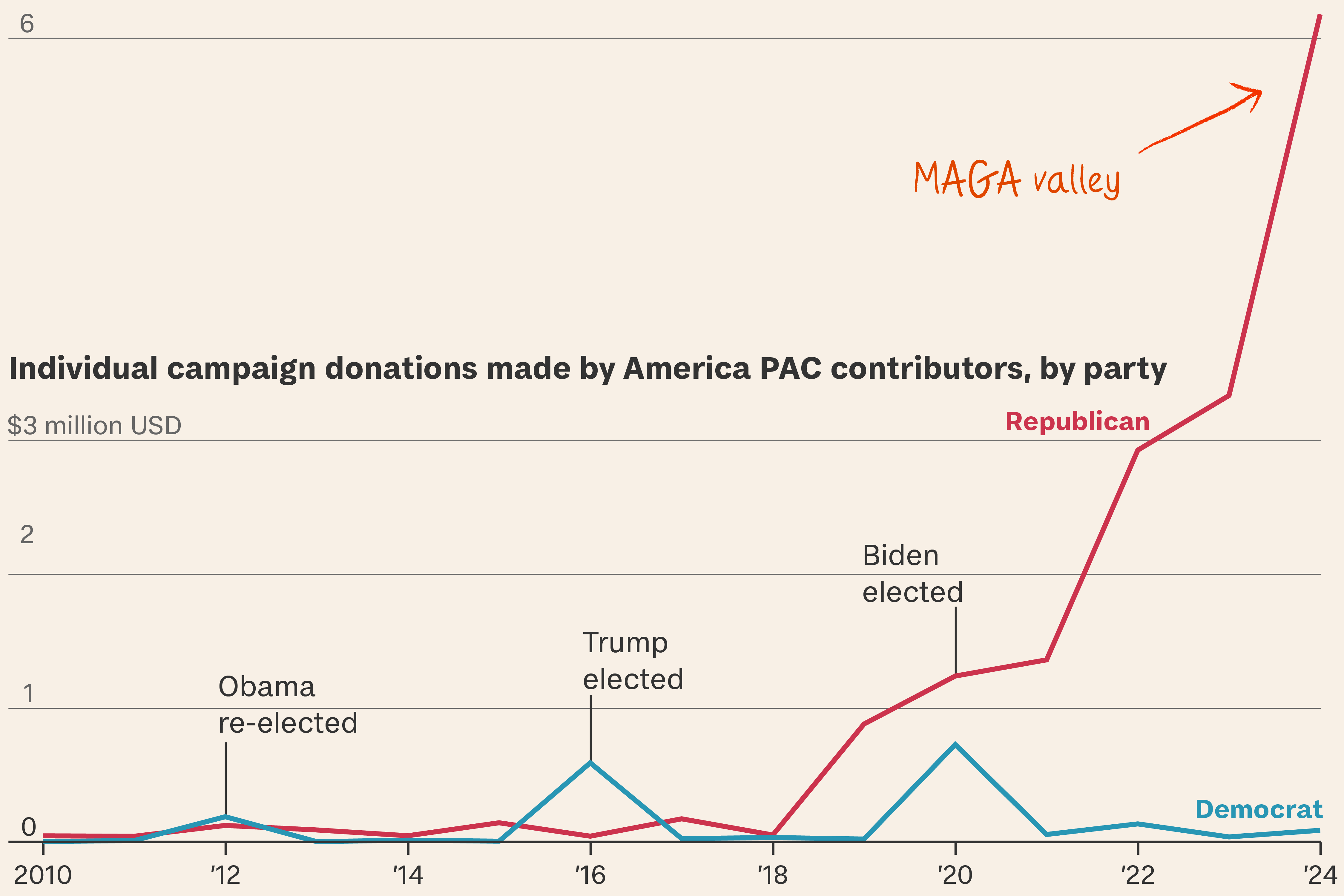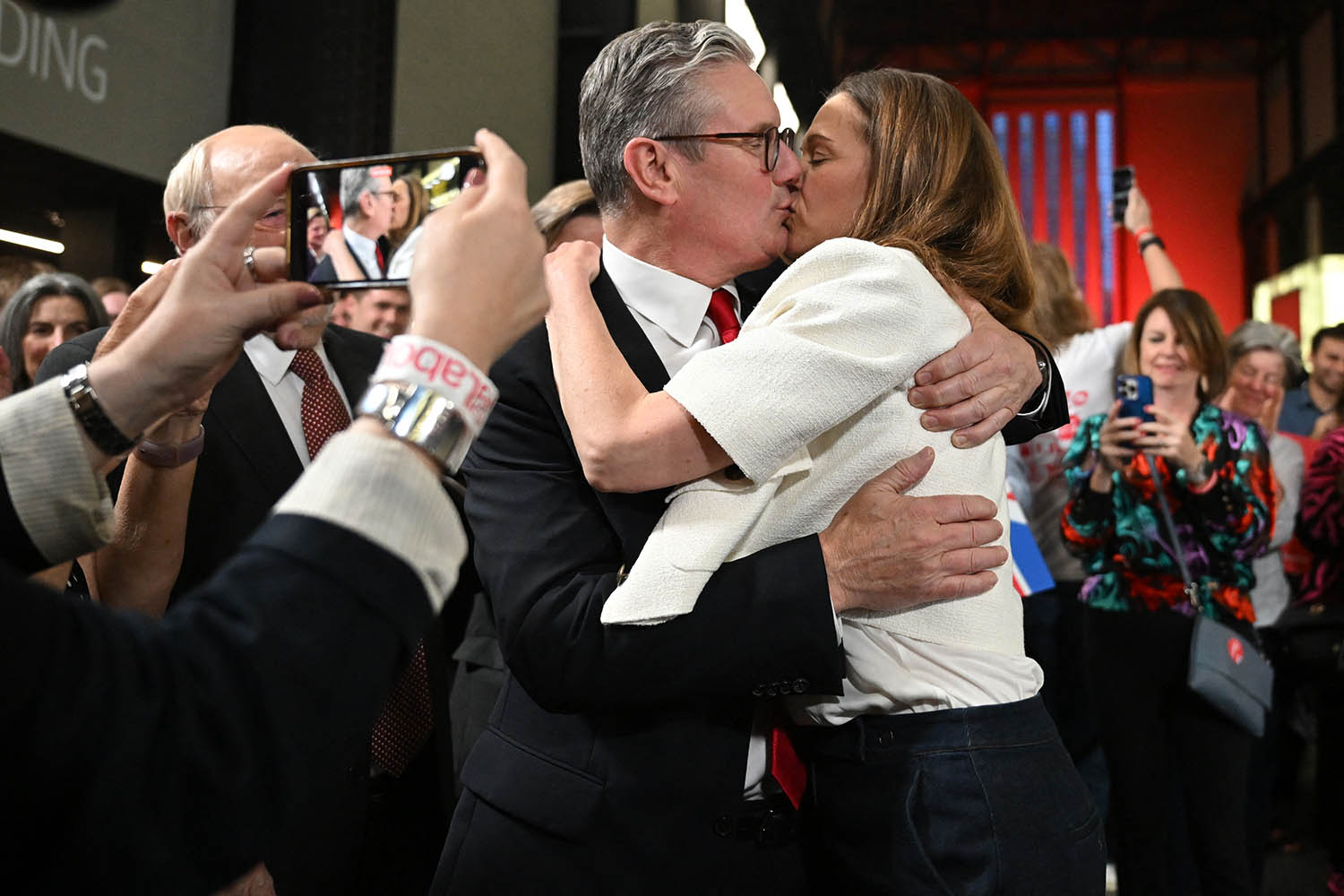
Low turnout and a cautious campaign could shorten Starmer’s honeymoon.
Labour is on its way to Downing Street after winning a landslide victory – but the strategy it has pursued has left it more vulnerable than the numbers suggest.
So what? After 14 years of Conservative-led government, Keir Starmer’s reformed party was on course as dawn broke to win around 400 seats and a majority of 170; the Conservatives to lose nearly 200; and the Scottish National Party to be virtually wiped out in Westminster.
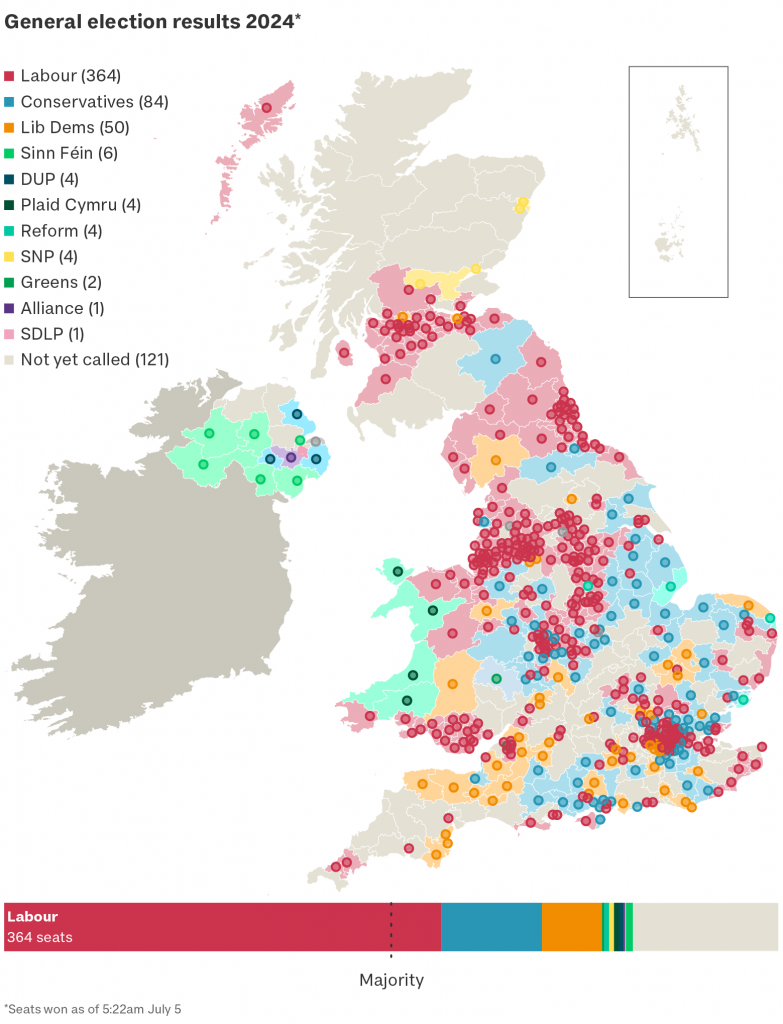
The scale of Starmer’s win and the rhythm of British politics might suggest the UK is now due a multi-term Labour government. Not necessarily.
In the words of the pollster James Kanagasooriam, Labour has won a “sandcastle majority”. It might look impressive, but it could easily be swept away, and Nigel Farage’s Reform party could be that rising tide.
- A “Ming vase” strategy of avoiding hard choices during the campaign has delivered a thumping majority but a questionable mandate.
- Low turnout suggests Labour failed to win over as many voters as it hoped and narrowed its margins in some seats.
- Once all the votes are counted, Labour may have won fewer than under Blair in 1997 and even Corbyn in 2017.
The Immigration Election? Farage repeatedly said so. In fact immigration was not a top priority for much of the electorate, but he succeeded in linking it with others which were, including:
- housing,
- NHS waiting lists, and
- stagnant wage growth.
Not incidentally these are the issues on which Labour campaigned most strongly and on which it’s expected to act most quickly.
Far horizons. Starmer has already rolled the pitch for a second term by talking about the need for “a decade of renewal”. If he fails to improve his personal ratings, some of his colleagues may decide they have a better chance of securing that.
For now he is only the fifth Labour leader to have won power from opposition. He will arrive in Downing Street with the UK’s first female chancellor, Rachel Reeves, ejecting Britain’s first non-white prime minister, who leaves office never having won a general election.



